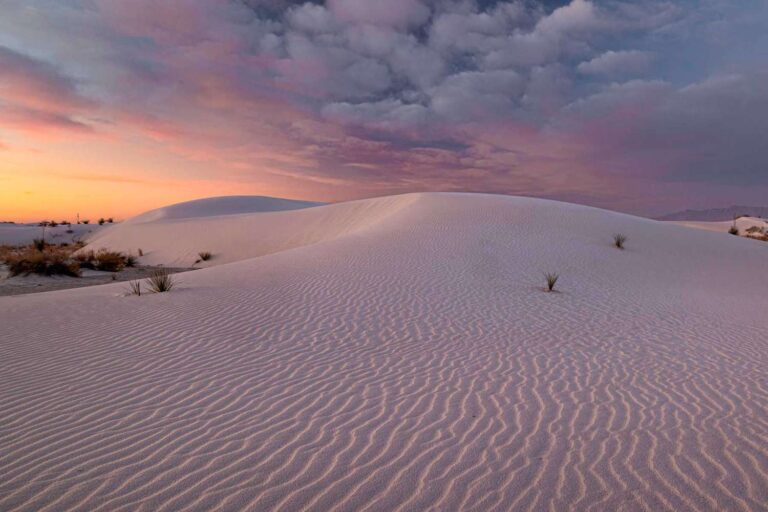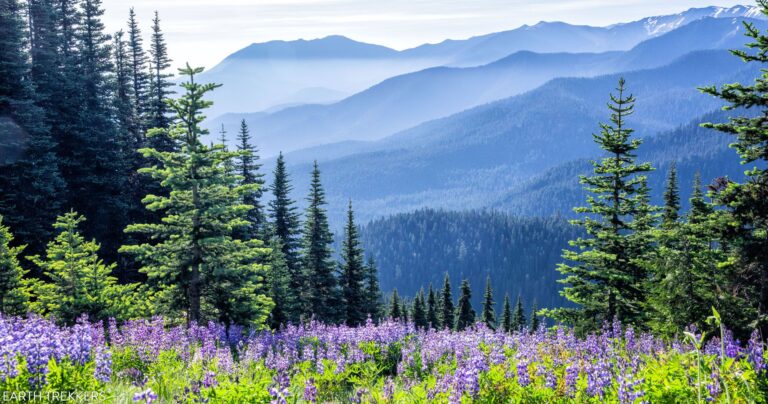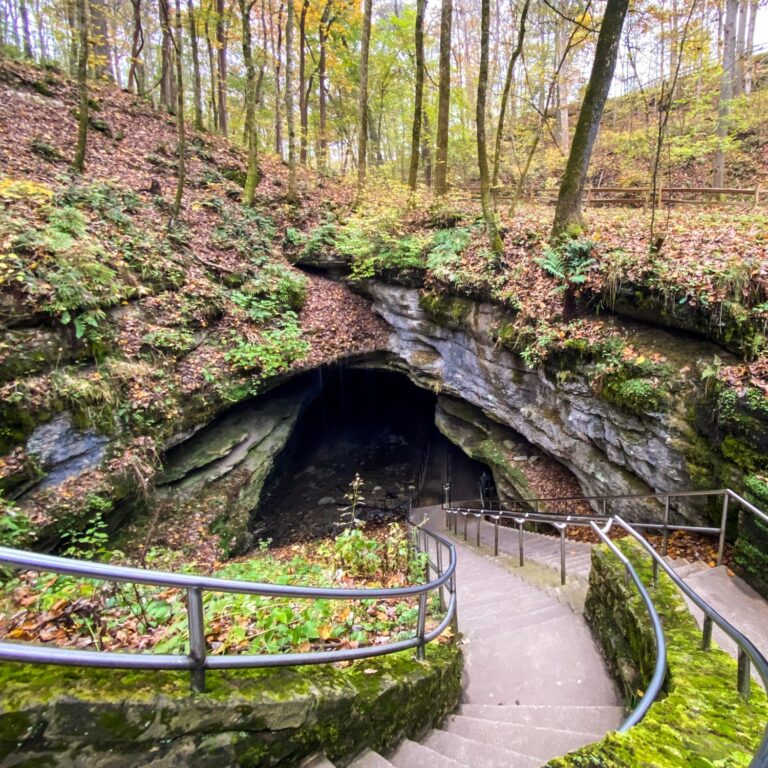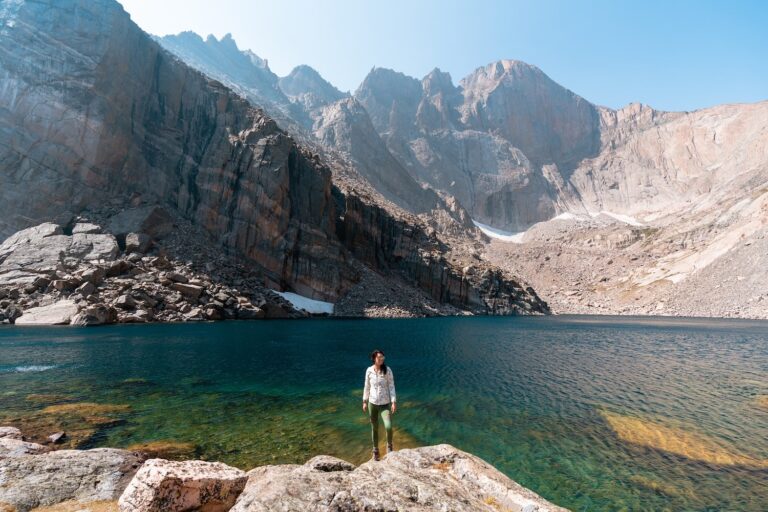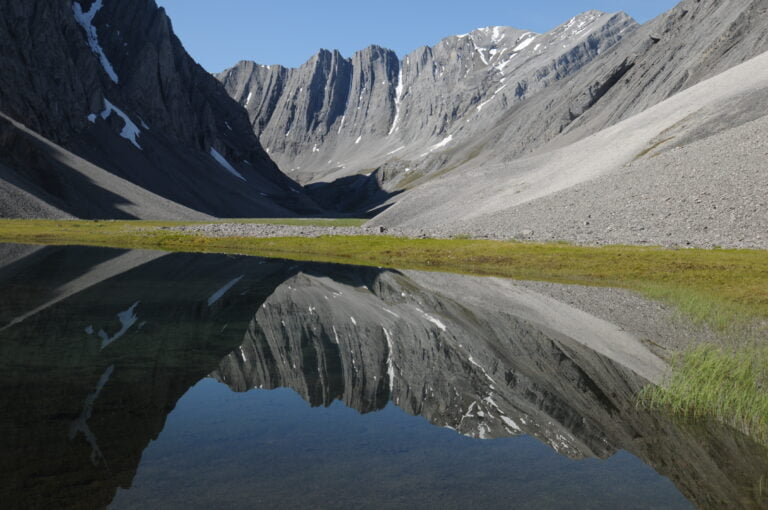Pinnacles National Park
Pinnacles National Park, a sprawling expanse covering 26,000 acres, stands as a testament to natural beauty and conservation efforts. Established in 2013, this park boasts a unique history, stunning rock formations, and an array of recreational opportunities. If you’re planning a visit, it’s essential to be aware of the firearms regulations, hunting policies, and visitor information that contribute to the park’s distinctive character.
Firearms Regulations at Pinnacles National Park
When it comes to firearms, Pinnacles National Park follows a set of regulations that visitors must adhere to. As of February 22, 2010, federal law permits individuals who are authorized to possess firearms under applicable federal, state, and local regulations to do so within the park’s boundaries. However, it’s important to note that after January 1, 2013, openly carrying a weapon in a California park was prohibited. If you wish to possess a concealed firearm within the park, a valid California concealed carry permit (CCW) is mandatory. Permits from other states will not be accepted.
To ensure safety, all firearms and air weapons must be unloaded and securely stored in a case or another inaccessible location when entering the park.
Hunting Policies and Conservation Efforts
Pinnacles National Park is a wildlife sanctuary, and as such, hunting is strictly prohibited within its boundaries. This policy was established to protect the park’s delicate ecosystem and preserve its natural balance. Interestingly, the park’s history includes a period of wild boar hunting that lasted until 2006 when these animals were eradicated from the area.
The introduction of European wild boars to Monterey County for hunting purposes in 1925 led to the hybridization of these boars with local wild hogs. These hybrids eventually spread across California, impacting the environment negatively. This invasive species was brought under control by eradicating them from Pinnacles National Park, allowing native flora and fauna to flourish once more.
Unveiling the Park’s Rich History and Unique Features
The history of Pinnacles National Park dates back to 1908 when President Theodore Roosevelt designated it as a national monument. This designation paved the way for its transformation into a full-fledged national park in 2013. The park’s name is derived from the eroded remnants of an extinct volcano that shifted an astonishing 200 miles from its original location on the San Andreas Fault to its current position within the California Pacific Coast Ranges.
The park’s striking rock formations divide it into East and West sections, accessible only via footpaths. The east side offers shade and water, while the west side features towering walls. These rock formations have also become a playground for rock climbers, boasting impressive peaks and challenging routes. Pinnacle’s unique talus caves are home to at least thirteen bat species, contributing to the park’s ecological diversity.
Planning Your Visit to Pinnacles National Park
To make the most of your visit, it’s crucial to consider the best time to explore this natural wonder. The months of March to May and September to November offer the ideal climate and conditions for an enjoyable experience. When it comes to visitor fees, the park charges $15.00 per person for up to 7 days, $30.00 per vehicle for up to 7 days, and $25.00 per motorcycle for up to 7 days. Alternatively, you can opt for the Pinnacles National Park Annual Pass at $55 for year-round access.
If you’re a frequent national park visitor, the America The Beautiful Annual Park Pass is a fantastic option. For $80, you and your companions gain entry to all U.S. National Parks, with discounts available for seniors, military personnel, and others.
Visitor Centers and Contact Information
While exploring Pinnacles National Park, the Pinnacles Visitor Center serves as an invaluable resource. Located at 5000 CA-146, Paicines, CA 95043, the center can be reached at (831) 389-4485. The visitor center operates daily from 9:00 AM to 4:00 PM, offering assistance and information about the park’s attractions, activities, and seasonal closures.
Conclusion
Pinnacles National Park is a remarkable destination for nature enthusiasts, history buffs, and outdoor adventurers. From its firearms regulations to its history of hunting and conservation, the park’s story is woven with layers of significance. As you plan your visit, remember to respect the park’s guidelines, appreciate its unique features, and immerse yourself in the beauty of this breathtaking natural haven.
FAQs
Can I openly carry a firearm in Pinnacles National Park?
After January 1, 2013, open carry of firearms in California parks, including Pinnacles, is prohibited. A valid concealed carry permit is required for concealed firearms.
Why was hunting prohibited in Pinnacles National Park?
Hunting was banned to preserve the park’s ecosystem and protect native species from the negative impact of introduced wildlife.
What’s the significance of Pinnacles’ rock formations?
Pinnacles’ rock formations are remnants of an extinct volcano’s western side that shifted 200 miles from its original location, resulting in the park’s unique geography.
When is the best time to visit the park?
The months of March to May and September to November offer the most favorable weather and conditions for visitors.
What’s included in the America The Beautiful Annual Park Pass?
The pass provides access to all U.S. National Parks for $80, catering to various visitor categories, including seniors and military personnel.
Where is Pinnacles National Park?
Pinnacles National Park is located in central California, about 50 miles southeast of the city of Salinas and around a 2.5-hour drive southeast of San Francisco. The park is situated along the Gabilan Mountains in San Benito and Monterey counties.
Where to stay at Pinnacles National Park?
There is a campground inside Pinnacles National Park for tent camping. Nearby lodging options include the town of Soledad less than 10 miles from the park entrance, as well as Holiday Inn Express in King City and Best Western Plus in Salinas around 30 minutes drive from the park.
Can you drive through Pinnacles National Park?
Yes, you can drive through Pinnacles National Park via the scenic 30-mile paved roads that pass many of the park’s attractions. Driving provides access to sites like the west entrance, High Peaks, Chaparral area, and the east entrance parking zones. The Bear Gulch Cave system is also accessible by car.
Can you swim at Pinnacles National Park?
Swimming is generally not recommended in Pinnacles National Park as there are no designated swimming areas. However, some visitors do choose to wade or swim in the Bear Gulch Reservoir and small creeks within the park. There are risks due to uneven terrain, wildlife, and fast currents in some areas.


